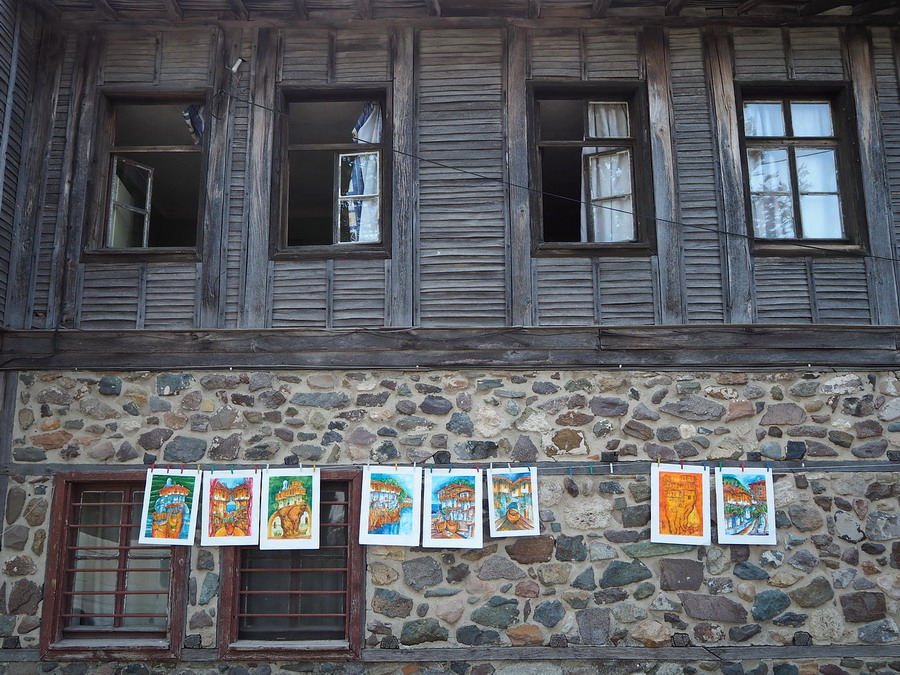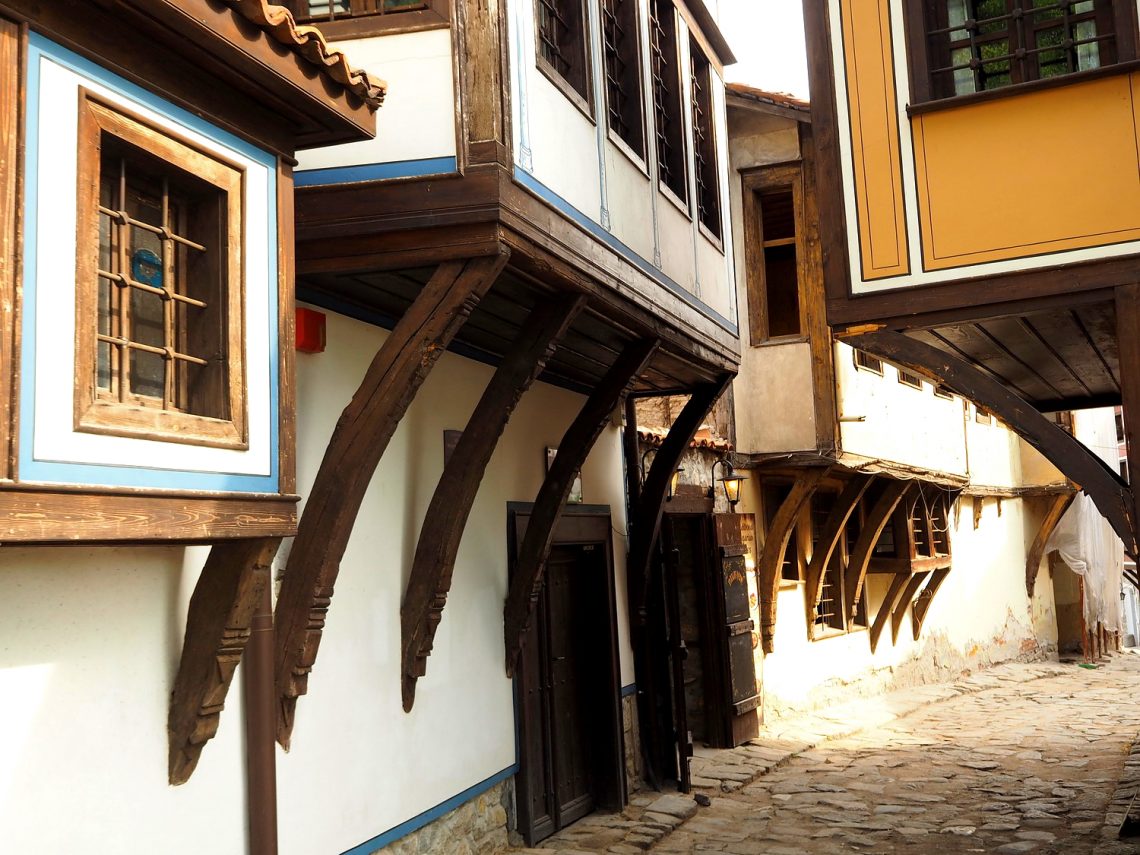It was already such a pleasure booking hotels while planning my trip to Bulgaria. I had just returned from Alaska, where the high season prices were sky high, but hotels seemed so much more affordable in this Eastern European country. However, this was not the end of my surprises. Bulgaria turned out to be a much more interesting, friendly and easily discoverable country than I had expected.
I collect UNESCO sites and Bulgaria boasts nine. I set out to visit them all during my 10-day journey and to discover what the country has to offer beyond its most popular area, the “Sunny coast”.
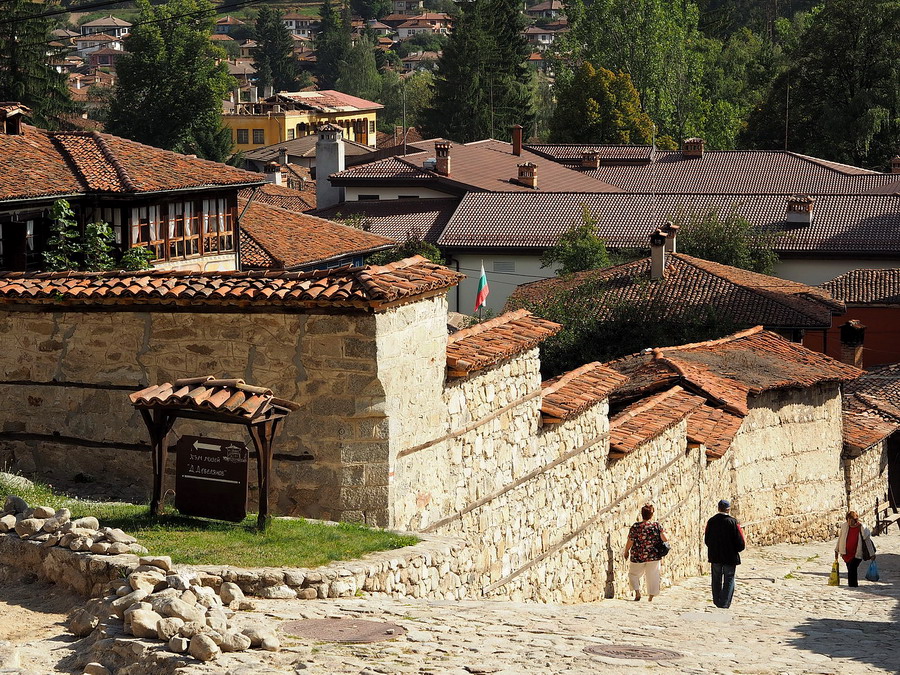
Bulgaria is cheap and full of wonders
It was obvious from the start that the best way to travel around is by car. This way I can move at my own speed and stop to take pictures wherever I want. As for lodgings and restaurants, I usually prefer local establishments to big chains. This time, I decided to go one step further and book a car with a local company, Top Rent a Car, instead of a large operator. It turned out to be a great decision. I was given a bottle of water while the forms were being filled and the assistant explained everything about the car in detail: how to put it into reverse, how to open the petrol cap, and so on, so that meant I did not get some of the nasty surprises I had many times before when renting a car.
Having criss-crossed the country, I just cannot understand why so few people visit Bulgaria, and even why those who do limit themselves to the beach. Of course, well-known Nessebar is gorgeous and families with small children probably enjoy splashing about in the water, but there are so many superb sights inland.
The prices are affordable too. In Melnik, for example, the best hotel cost 40 leva (US$21), and the five-star Kempinski in Bansko, which boasts a spa, outside pools and amazing views, offers rooms for only US$87, including a buffet breakfast.

No crowds
Finally, best of all: there are hardly any crowds, even in the most beautiful places.
One exception is Nessebar, a popular seaside town filled with souvenir stalls and large tour groups. Here, it is best to arrive at dawn or in early morning. The city is more than 3,000 years old and has architectural remains, including a Temple of Apollo, an agora (gathering place) and an acropolis.
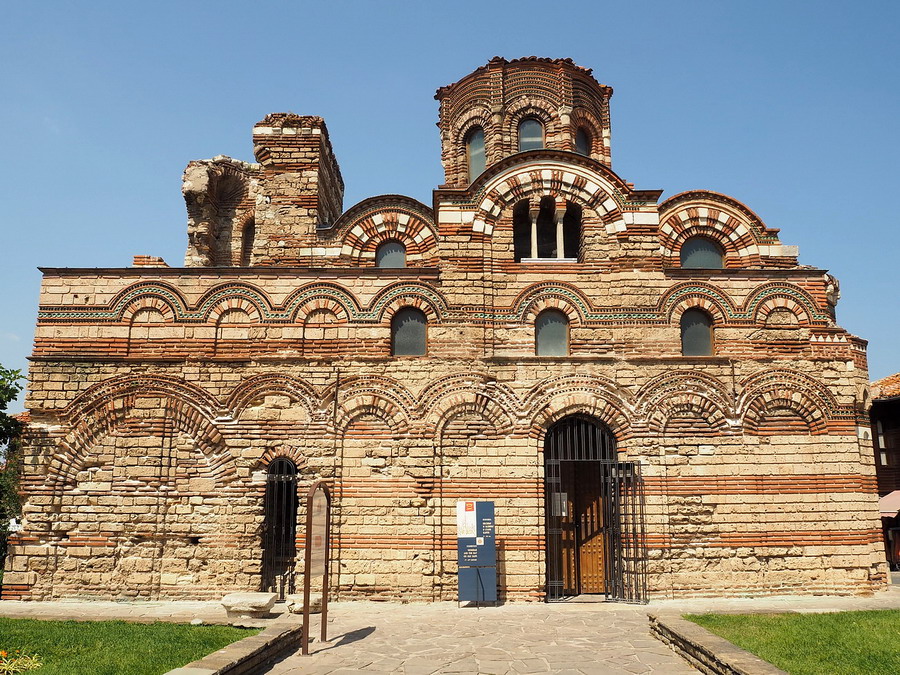
One of my favourite places turned out to be Plovdiv, where the houses of one-time rich citizens line up the steep twisting streets of the old town. The ground floors are made of stone, while the floors above are made of wood and jut out from the façade above the street. Some of the buildings are open to the public, so visitors can get a sense of how wealthy Bulgarian or Turkish families used to live.
The town’s Roman amphitheatre is also in good condition and plays and operas are performed there even today.
Every time I see Roman roads or theatres that are in great condition I wonder why, these days, the construction industry cannot build things that last at least a tenth of that time.

The Bulgarian monasteries are also special. Rila Monastery is the most well known, but I was most fond of Bojana, which is just a few kilometres away from Sofia. This small church is on the UNESCO list because of its unique frescos dating to the 13th century. While a million people flock to Rila every year, only 50,000 visit Bojana. More visitors are not allowed in order to protect the frescos. Groups of about 8-10 people can visit the church for no more than 10 minutes and religious services have not taken place there for a long time. A kind woman who was showing the visitors around told me that her grandmother used to be part of the congregation and would complain about the plaster falling from the ceiling – this plaster, which is now an invaluable treasure.
Occasionally, a wedding or christening takes place in the little church, but even then only about a dozen guests are allowed in and the ceremony is an expensive exercise. Taking photos is not allowed, but I got special permission to take some pictures after showing my journalist ID and on account of my UNESCO mania.
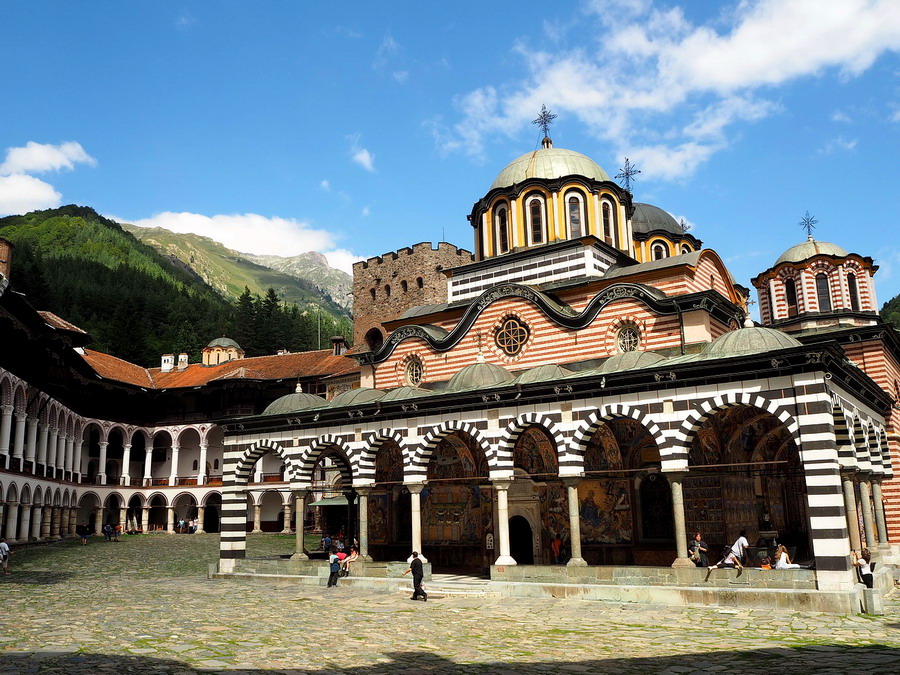
Bulgarian architecture is amazing
For enthusiastic world heritage collectors, the Thracian graves are a real treasure. The tomb near Kazanlak is closed to the public in order to preserve its frescos, but there is a replica for visitors. Another tomb, Sveshtari, is open to the public but photos are not allowed, so I was not able to photograph its painted murals and caryatids (female figures) that look half-plant, half-human.
Hidden small villages are also enchanting, such as Siroka Laka with its 600 inhabitants. The traditional two-storey buildings on the banks of the river give a uniquely uniform picture of the village. Here, in the countryside, there are barely any visitors and life goes on in a slow easy way.
I also felt like I was in a fairy tale when I stopped in Melnik, where the old houses were hiding among odd-shaped rocks on the both sides of the stream. Koprivstica is another jewel, with colourful houses and stone walls.

For someone like me who likes to visit abandoned buildings it was a real treat to see the “Bulgarian UFO”, the Buzludzha monument. It was opened in 1981, but the large meeting hall closed down at the fall of Communism in 1989. It took a huge amount of work and money to erect it on top of the 1,441m mountain peak, but now there are no funds to renovate or to tear it down.
The view is fantastic when standing by the crumbling walls, but no one hangs around too long because of the harsh wind blowing around. Some people climbed into the building, as shown on some photos on the internet, but I could not find an opening and may not have been brave enough to go in alone anyway.

Talking about inheritance from Communist times, Bulgaria has numerous statues from that era. There is also a sculpture park in Sofia, where statues of Lenin were exiled to. However, I saw dozens of grandiose creations throughout the country that disappeared in my home country of Hungary long ago.
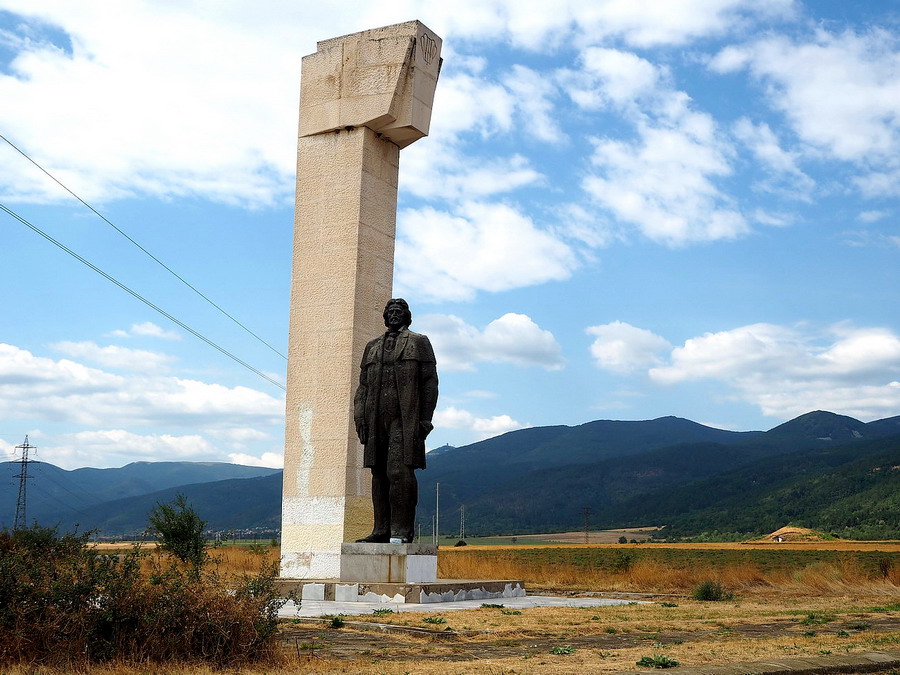
Neither my guidebook or my map mentioned the Devetashka cave, but some of the readers of my blog brought it to my attention. When I saw the pictures on the internet I decided to take the three-hour detour so I could see the enormous cavern. Apart from me, there were only three visitors when I got there. I waited until they left and then it was magical being on my own, with only the 35,000 bats for company.
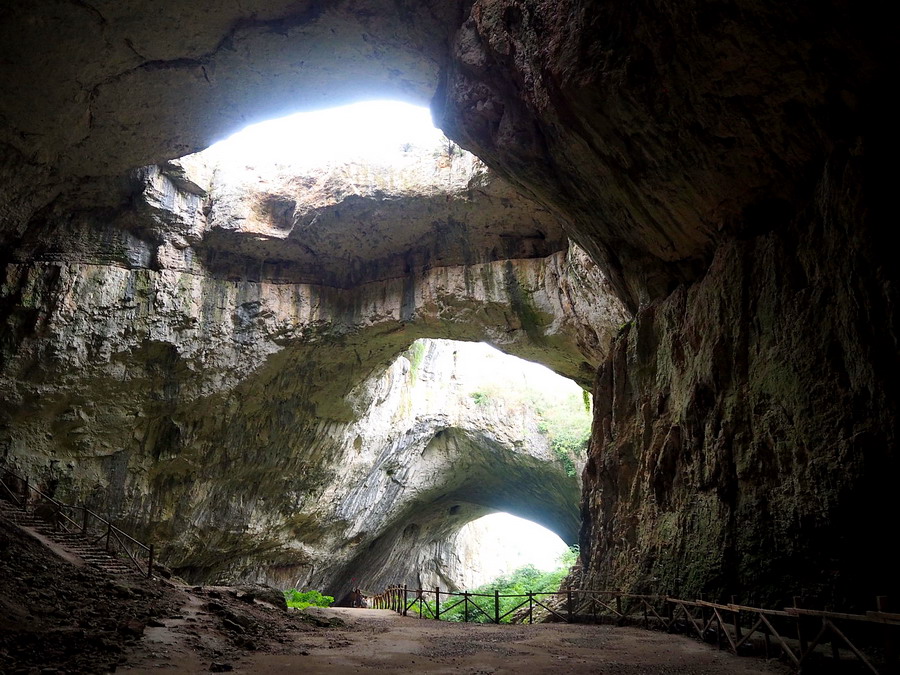
Never in my life have I had to honk so much
Getting back to practicalities, the highway sticker is mandatory for cars in Bulgaria, and not just on motorways but everywhere. Interestingly, drinking fountains (evolved from natural springs) are signposted on the roads.
Bulgarians are reckless drivers. No one pays attention to speed limits or bothers indicating. What is even more dangerous is how they cut off corners and move forward even with bad visibility – as if the solid white line and common sense were completely absent. Never in my life have I had to honk this much or brake so hard so frequently, but luckily I did not even get a scratch.
Credit cards are accepted at the seaside and in large towns, but it is good to have cash at hand inland, where card terminals are less common. The leva is fixed to the euro and there is no big difference between buy and sell rates at banks and foreign exchange places.
You can get by with English even in the smallest villages, but the Russian I learnt in my childhood was handy in deciphering the Cyrillic signs.
ll in all, Bulgaria is a fascinating and friendly place to visit, largely undiscovered by the tourist masses. I encourage all travellers not to stick to the Sunny Coast only because unforgettable experiences await inside the country.
